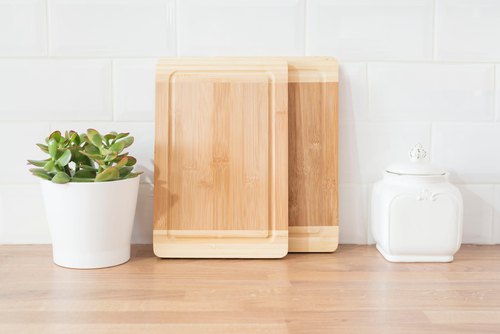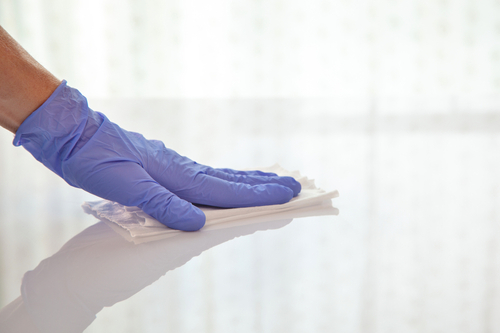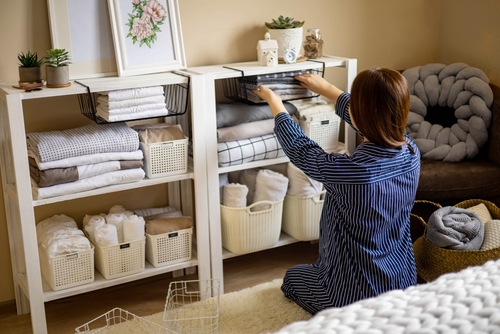
7 Cleaning and Disinfection Tips for Office
May 11, 2020
3 Best Disinfectant for Home
June 9, 2020How To Make Your Own Cleaning Solutions?

How To Make Your Own Cleaning Solutions? This article is meant to supply you with some natural recipes for cleaning agents that you can use around your home. Many of the ingredients you probably already have.
How To Make Your Own Cleaning Solutions? – Disinfectant
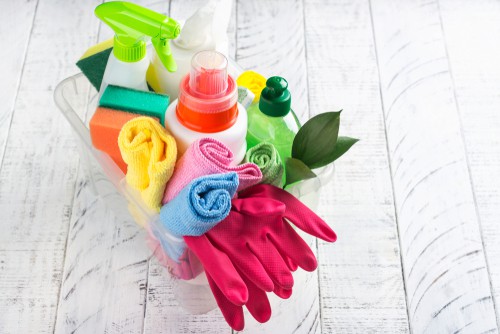
Bleach and Water – Mix one tablespoon of bleach to a gallon of water and mix well.
Bleach is accepted as an effective disinfectant. It kills bacteria, fungi, and viruses, including the influenza virus. It does not kill the coronavirus. Never mix it with ammonia or other acidic household detergents. Mix bleach with cold water. Hot water decomposes the sodium hypochlorite in bleach that is responsible for killing the bacteria, fungi, and viruses. Store bleach in a shaded area because it can emit a toxic gas when it is left sitting in the sunlight.
As a precaution, wear gloves when working with bleach. Be sure to label any bottles that a bleach mixture is put in, and discard unused portions 24 hours after its initial preparation. Organic materials inactivate bleach.
The mixture above can be used to clean and disinfect your refrigerator, range hood, countertops, doorknobs, floors, and doors.
How To Make Your Own Cleaning Solutions? – Oven Cleaning
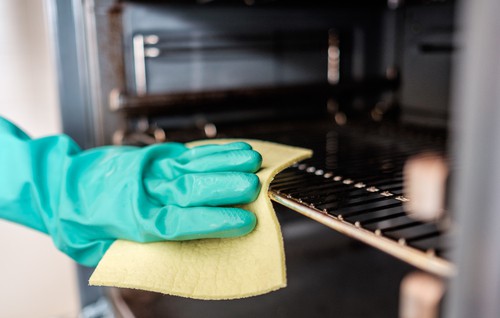
Use boiling water and a scrub pad to clean the oven.
Remove all racks from the oven. Get water boiling in a stockpot and place old rags in it. Using tongs, very carefully pull out a rag and let it drain over the pot. Lay it over an area on the bottom of the stove and let it sit for 5 minutes. The hot water will loosen chards on the bottom of the stove. Repeat that process until all chards are loose.
Scrub off the remaining areas with the scrub pad. If it is difficult, reapply hot towels to the bottom again. For the glass door, place a hot towel on the glass door and let it sit a few minutes. Then use a single edge razor blade and scraping one way, remove all the grime off the glass.
How To Make Your Own Cleaning Solutions? –
Scrubbing Agent (for Showers, Stovetops, etc.)
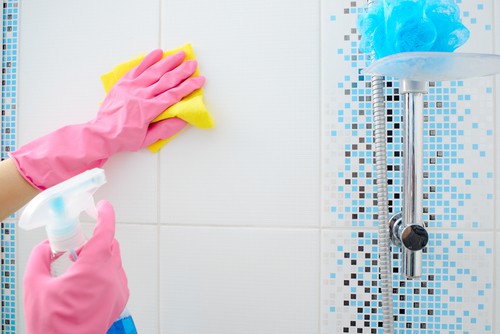
Be very careful if mixing baking soda and vinegar as they will bubble fiercely. Test a small area to make sure the vinegar doesn’t etch into the base of what you are cleaning, as it is acidic.
Apply the baking soda directly to the spot and make a paste. Rub lightly at first to determine how hard you need to rub to remove the spot. Use warm water to clean baking soda off. If needed, spray a little vinegar on the baking soda and then scrub some more. Use vinegar sparingly as it can break down grout.
For the Toilet Bowl…
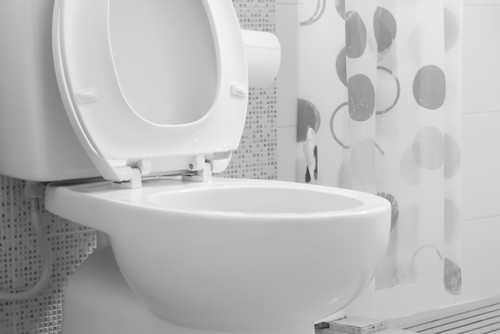
Mix 2-parts borax to one-part lemon juice. Wait a few minutes. Scrub with the brush. Spray rust stains with vinegar and leave overnight. Brush stains the next morning with the baking soda.
Upholstery-Stain Remover
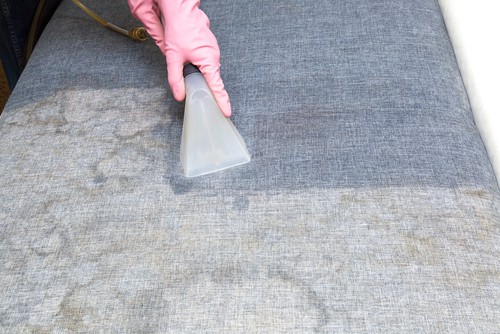
First, read the fabric instructions. Look for a “W,” “S,” or an “X” which means it can be cleaned with water (W), a solvent (S), or by a professional only (X).
If there is an oil spill on the upholstery, first apply some cornstarch to the stain. Let it sit for 30 minutes, then vacuum the cornstarch up. Otherwise, use some soap and water or vinegar and blot the spill up with a barely wet sponge.
Rinse the sponge completely and blot the spot several times to remove the soap and water. Use a towel to blot it dry. Repeat as necessary to remove the stain.
Spots
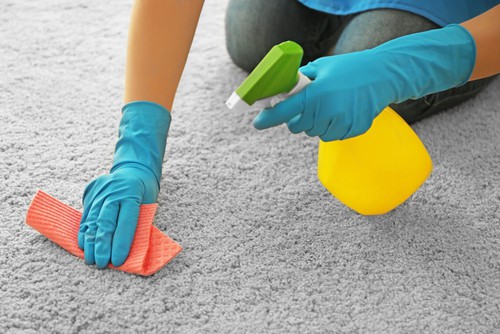
Add baking soda to the area with the oil spot. Scrub well with wet the brush. Mop up with paper towels. Repeat until the oil spot is gone.
Wood Furniture Polish
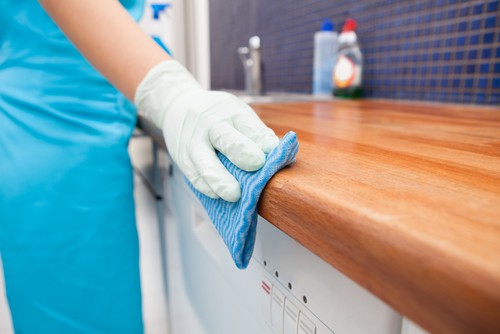
Varnished wood: Mix cup warm water and a few drops of lemon essential oil. Spray a little into a soft cloth. Wipe the furniture down. Dry the piece with another soft cloth.
Unvarnished wood: Mix 2 teaspoons each of lemon juice and olive oil in a bowl. Put the mixture on a clean soft cloth. Spread the mixture around on the cloth. Wipe the wood down. Dry it off with another cloth.
Light Scratches on Wood: Rub a fresh walnut into the scratch. Buff over the area when the scratch is lifted.
Water Rings on Wood: Water rings are the result of water trapped under the topcoat. Apply mayonnaise or toothpaste to a damp cloth. Rub it into the ring. Don’t rub too hard. Polish the surface when the ring is gone.

